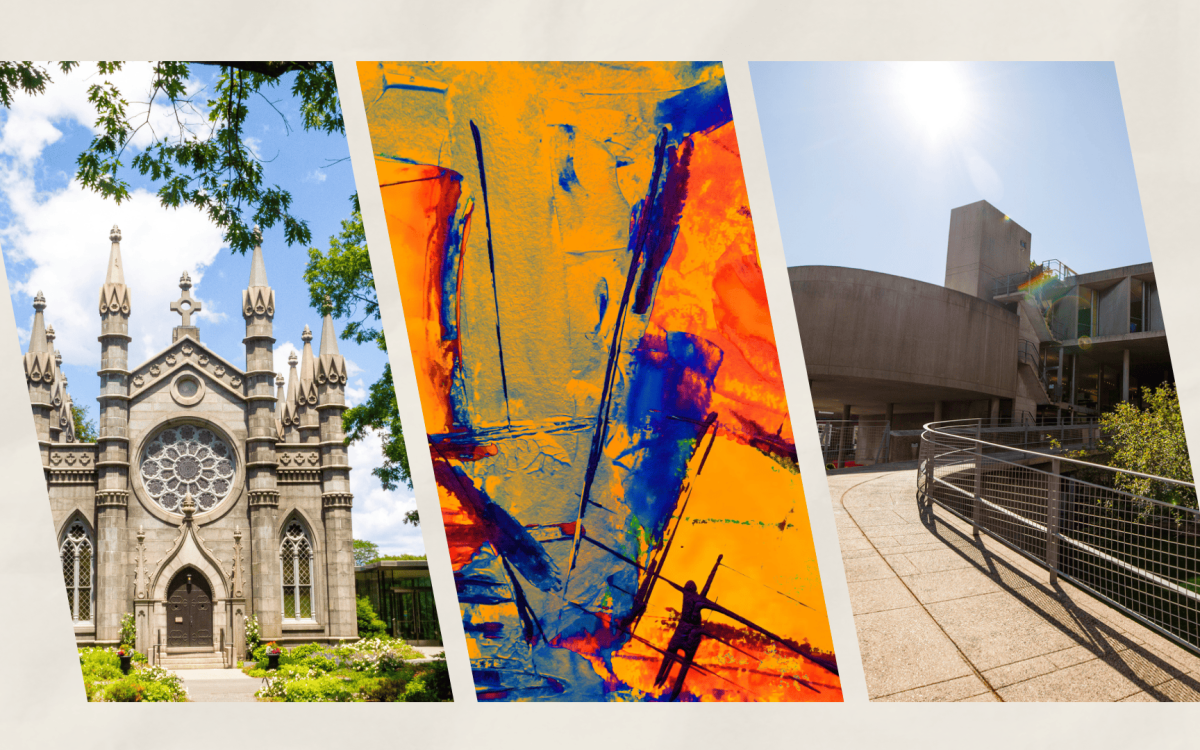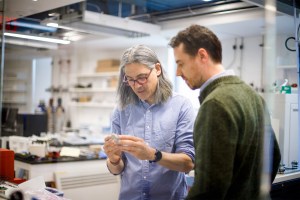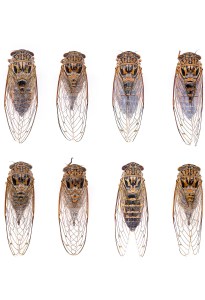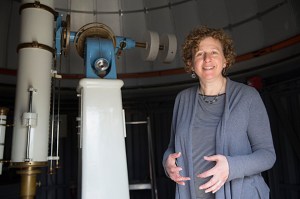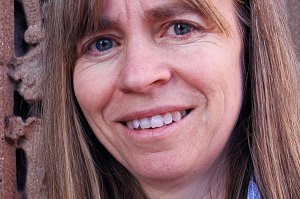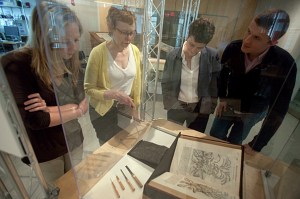Tag: Collection of Historical Scientific Instruments
-
Campus & Community
Doors reopen at Harvard Museums of Science & Culture
After having its doors closed for 20 months, Harvard Museums of Science & Culture has announced its in-person reopening Nov. 26.
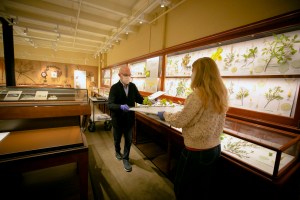
-
Science & Tech
Mark I, rebooted
After a yearlong delay, the landmark Harvard IBM Mark I Automatic Calculator shifts residences to its new Science and Engineering Complex in Allston.
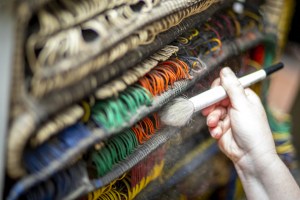
-
Campus & Community
A faithful keeper of time
Harvard’s on-call horologist Richard Ketchen keeps busy round the clock.
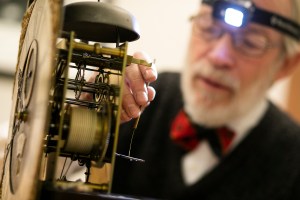
-
Campus & Community
A collection of knowledge
Harvard’s Collection of Historical Scientific Instruments has grown to 20,000 objects, making it one of the three largest university collections of its kind.
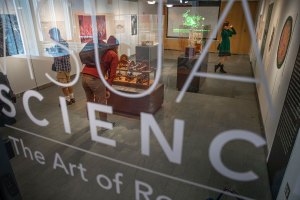
-
Campus & Community
Places we love
Harvard students, professors, alumni, and staff talk about the places on campus they love most.
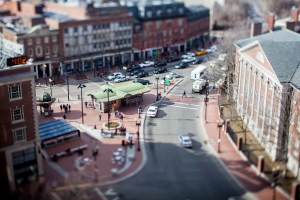
-
Campus & Community
Scholarship of things
Addressing an audience at the Harvard Ed Portal, Laurel Thatcher Ulrich, the 300th Anniversary University Professor and a Pulitzer Prize winner for history, said that many objects in Harvard’s collections defy easy categorization. Consider, she said, the tortilla.
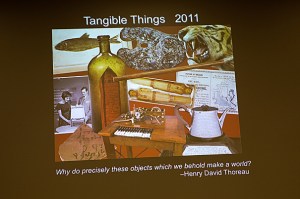
-
Arts & Culture
Artful balance
Carolyn Christov-Bakargiev spoke at Harvard about her work with exhibit “dOCUMENTA (13,” launching a new annual program on curatorial practice.
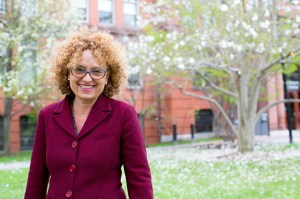
-
Health
Body exhibit
A new exhibit, “Body of Knowledge,” offers a five-century foray through the culture and history of anatomy and dissection, from the days of autopsies in private homes to the present debate over using digital ways to study the body without saws and knives. The exhibit will offer a special viewing May 3, 11 a.m. to…
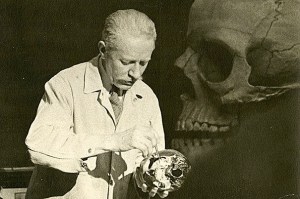
-
Science & Tech
Down to the details, a giant in computing history
University leaders gathered at the Science Center to celebrate an update of the Harvard Mark I exhibit.

-
Science & Tech
Probing how the past behaved
Harvard faculty and graduate students lectured, organized, and moderated in big ways throughout a four-day annual meeting in Boston of the History of Science Society.
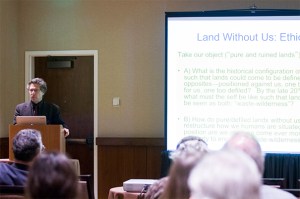
-
Arts & Culture
Time for a movie
A Harvard summer film series explores the tick and tock of time, and time travel too. Upcoming films include “Run Lola Run” on July 16, “Memento” on July 30, and “Primer” on Aug. 13. All films are shown at 7 p.m., Science Center Lecture Hall C.
-
Arts & Culture
Pages out of time
“Time & Time Again,” a new exhibit centered on Harvard’s Collection of Historical Scientific Instruments, uses artifacts to illustrate shifting conceptions of making and marking time, from the cyclic sun and stars to linear springs and gears.
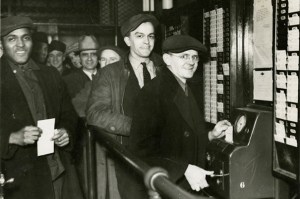
-
Science & Tech
Alan Turing at 100
Harvard’s Collection of Historical Scientific Instruments celebrates the 100th birthday of Alan Turing, whose ideas theorized the first computers, spurred the science of artificial intelligence, and — oh yes — helped save the Allies during World War II.
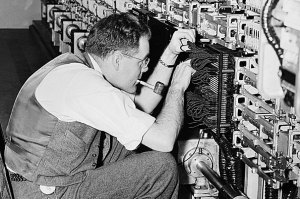
-
Science & Tech
The last dance between Venus and the sun
Before 2004, the most recent Venus transit occurred more than a century ago, in 1882, and was used to compute the distance from the Earth to the sun. On June 5, 2012, another Venus transit will occur. Scientists with NASA’s Kepler mission hope to discover Earth-like planets outside our solar system by searching for transits…
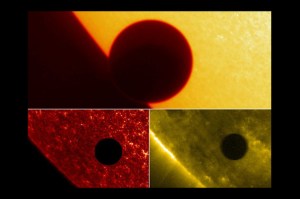
-
Science & Tech
You, revealed
“X-Rays of the Soul: Rorschach and the Projective Test,” at Harvard’s Collection of Historical Scientific Instruments, tells the story of the projective test movement and portrays the heady confidence that science could be used to extract and access the most human parts of human beings.
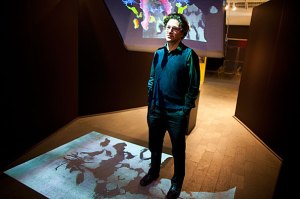
-
Science & Tech
America’s first time zone
The Harvard College Observatory built its foundation in the mid-1800s, after an epidemic of train wrecks prompted the railroads to seek a regional standard for greater accuracy and safety.
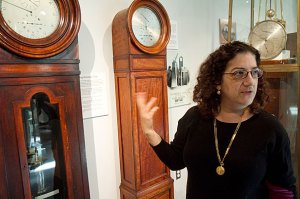
-
Arts & Culture
Cold War fever
A tactile exhibit called “Cold War in the Classroom” views recent history through the artifacts of a dangerous era, the tensions from which penetrated American schools.
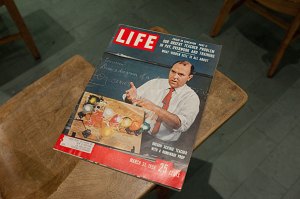
-
Arts & Culture
Objects of instruction
Harvard College Dean Evelynn M. Hammonds and some of Harvard’s leading faculty convened at Harvard Hall on Friday (April 1) to participate in “Teaching with Collections,” a discussion of the University’s treasures and their use in the classroom.
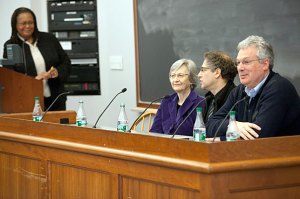
-
Arts & Culture
Putting things in their place
Two professors shake up Harvard’s museum collections with a new course and exhibit that aim to challenge the ways in which tangible things are classified in traditional categories.
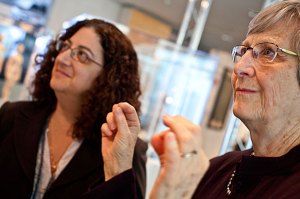
-
Arts & Culture
Hide and seek
A new Harvard exhibit aims to challenge how things are categorized by delving into the University’s vast museum and archival collections.

